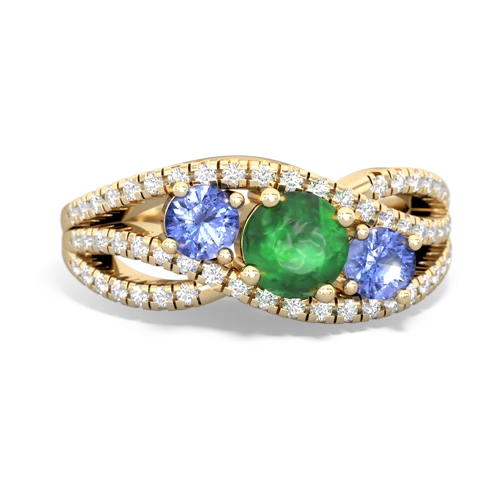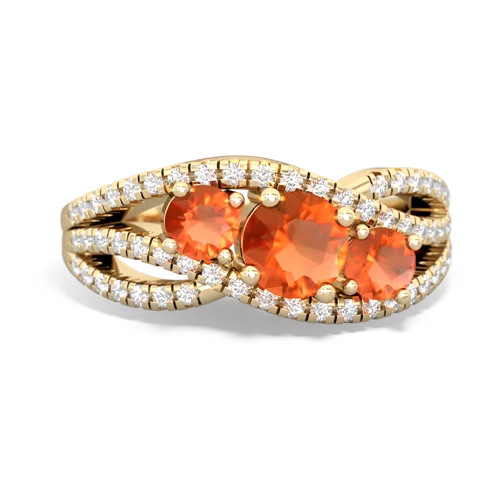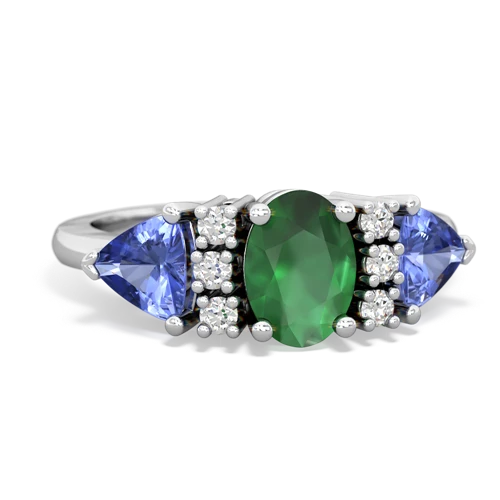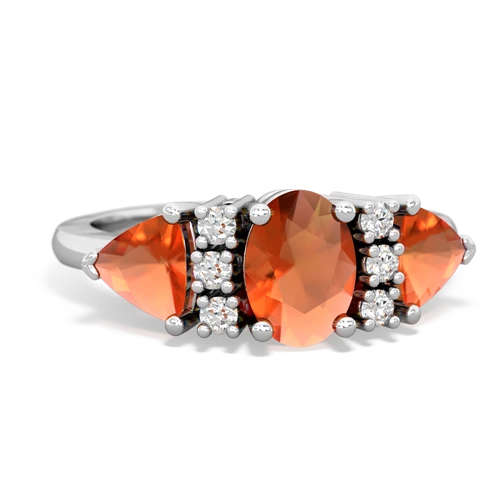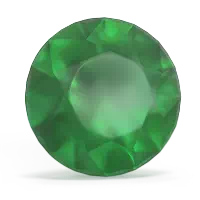
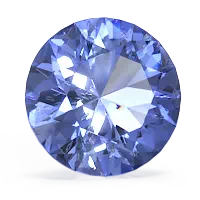
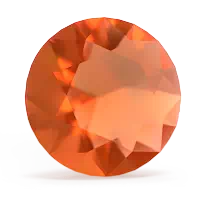
The birthstone of May, an emerald ring symbolizes the eternally returning spring. The velvety green color of emerald is a perfect match for spring and summer fashions. Tanzanite is the new birthstone of December and has a unique purple-blue color. A tanzanite ring is one of the newest fashion trends and is a must for any jewelry collection. This birthstone of October embodies the orange and red colors of a warming fire. The fiery sparkle of this gem makes a fire opal ring become the center of conversation
